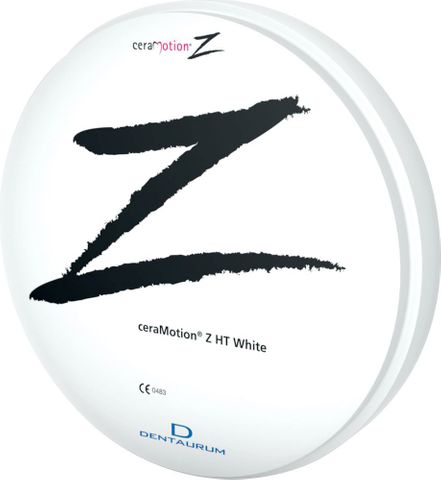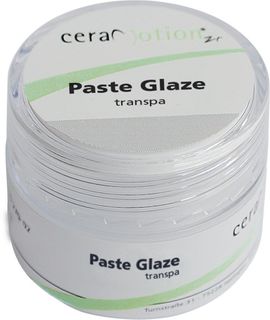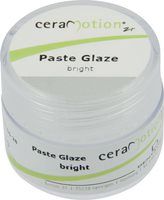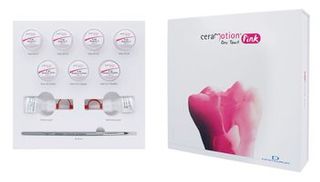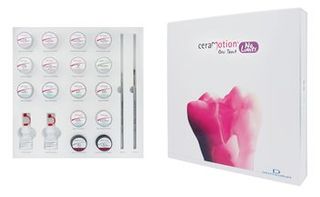- Home /
- CAD/CAM /
- ceraMotion Z Zirconia Blanks /
- ceraMotion Z HT White /
- ceraMotion Z HT White / 18 mm
Shop Now
-
Orthodontics
- Hygiene
- Adhesives
- Anchorage System - tomas®
- Archwires
- Bands
- Bracket Systems
- Buccal Tubes
- Class II Appliances
- Expansion Screws
- Intra- / Extra-oral
- Lingual System
- Orthodontic Acrylics
- Pliers and Instruments
- Supplies
- Wires - Wire Elements
-
Prosthetics
-
Ceramics
- Press Ceramic
- Accessories
-
ceraMotion Veneering Ceramics
- CeraMotion Lf - Low-fusing
- ceraMotion Me - Metal
- CeraMotion Ti - Titanium
- CeraMotion Zr - Zirconia
- ceraMotion Zirc ME Ti
- ceraMotion ME TI LF & Zirc
- CeraMotion Me Veneering ceram
- ceraMotion ME TI & LF
- ceraMotion ME Ti LF
- CeraMotion One Touch Liquid
- ceraMotion ME TI & Zirc
- CeraMotion Me Value Concept
- CeraMotion Zr Veneering ceram
- ceraMotion ME TI & Zirc &LF
- ceraMotion Press Ceramic
- ceraMotion Ceramic in Paste
- Crown and Bridge
- Finishing
- Model Casting
- Orthodontic Acrylics
- Prosthetics
- Service
-
Ceramics
- CAD/CAM
- EQUIPMENT
- KNOWLEDGE
ceraMotion Z HT White / 18 mm
Stock Code:
272-094-18
Stock Level:
Normally available in 5 – 10 business days
Quantity:
1PC
Downloads
Description
Description
Highly translucent zirconium oxide for all restorations in the anterior and posterior area, from the single crown to multi-element restorations or implant substructures. Suitable for all open CAD/CAM systems. Zirconia Z HT White / 18 mm
Advantages and indications:
- safety due to high strength
- aesthetic restorations possible due to reduced translucency
- suitable for shading
- excellent machinability
- translucency 43 % (non-shaded, 1 mm)
- optimum finishing / veneering with ceraMotion® Zr
Color: white
Solubility: < 10 µg/cm2
Sintering temperature: 1530 ℃ / 2786 ℉
⌀: 98.3 mm
Density: > 6.06 g/cm3
Bending strength: 1200 MPa
WAK: 10.5 ⋅ 10-6 K-1
Thickness: 18 mm
Norm: DIN EN ISO (Type II, class 5)
Radioactivity: < 0.02 Bq/g
Material: ZrO2 3Y-TZP

